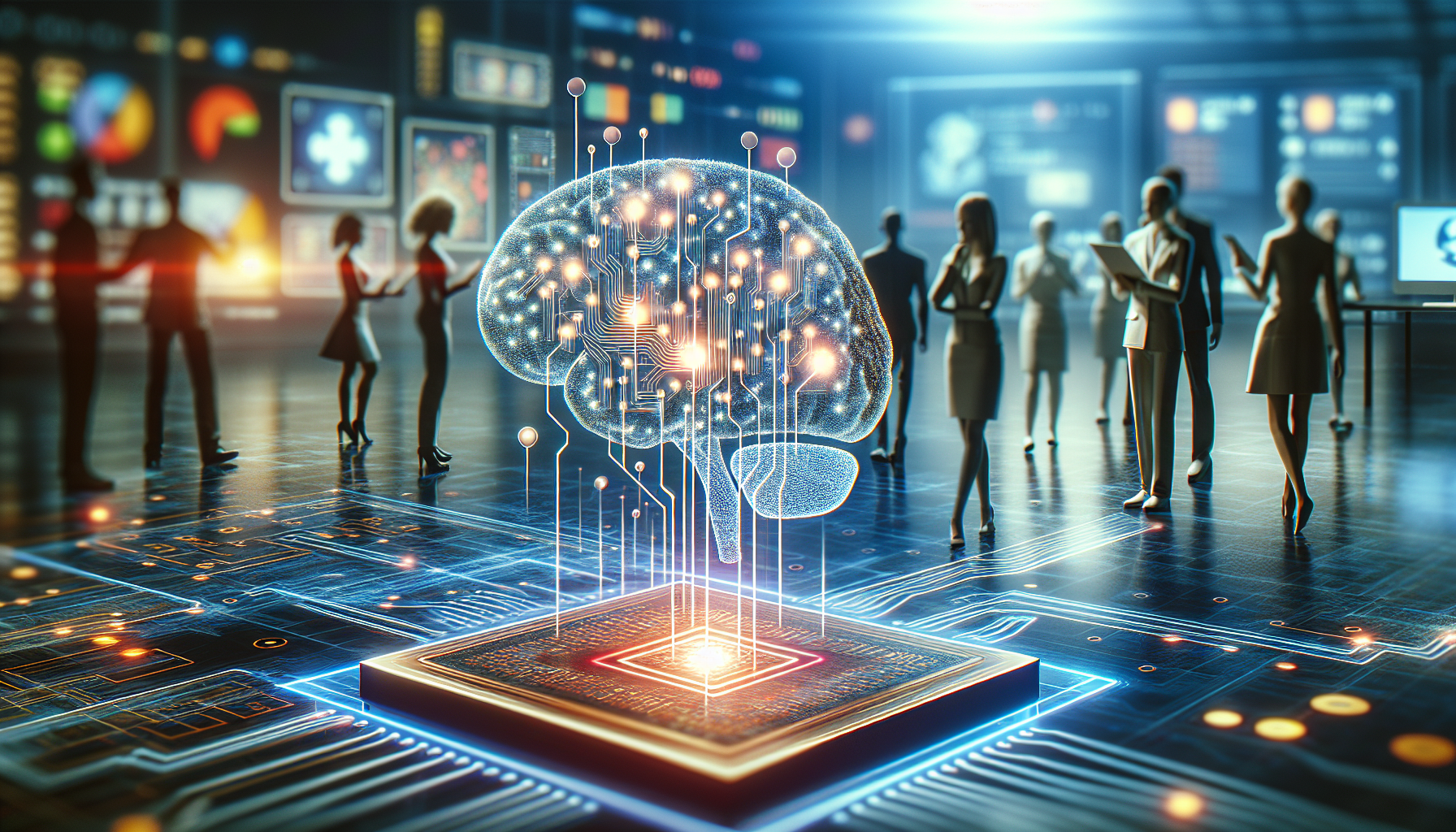
The Science Behind AI: Algorithms and Data Structures-A Case Study Unveiling Unseen Complexities
November 23, 2025
In a world where artificial intelligence (AI) has permeated every facet of life, from healthcare to entertainment, understanding the intricate science that fuels these systems is not just beneficial; it's essential. The backbone of AI lies in algorithms and data structures, components often hailed for their transformative potential. However, a deeper dive into the mechanics reveals a realm rife with complexity and, at times, unsettling implications.
Consider the case of a leading tech conglomerate that embarked on a journey to revolutionize its customer service operations using AI. At the core of their system was a sophisticated algorithm designed to predict customer behavior and tailor interactions accordingly. On paper, the algorithm promised efficiency and personalization, but reality painted a different picture. The intricate web of data structures supporting this algorithm was more than just a technical marvel; it was a labyrinth of potential pitfalls.
Data structures, the foundational building blocks that organize and store data efficiently, are crucial to the functioning of AI systems. In this particular case, the company utilized an array of linked lists and hash tables to manage vast swathes of customer data. The choice seemed apt given the need for quick access and retrieval of information. However, the complexity of these structures inadvertently introduced a degree of opacity that even the developers hadn't anticipated.
The problem wasn't with the data structures themselves, but rather with the sheer volume and diversity of the data being processed. As the AI system ingested more information, anomalies began to surface. Patterns that should have been predictable became erratic, leading to a cascade of incorrect predictions and, subsequently, dissatisfied customers. This highlighted a critical oversight: the algorithm's reliance on data structures that were not optimized for the dynamic nature of real-world data.
Moreover, the algorithm's decision-making process, while mathematically sound, was largely inscrutable to human operators. This "black box" phenomenon is a well-documented issue within the AI community, yet it remains a significant barrier to trust and accountability. In this scenario, debugging the system was akin to navigating a maze without a map. The lack of transparency in how the algorithm processed and prioritized data left operators in the dark, unable to correct course until after errors had already impacted customer experiences.
This case study underscores a crucial point: the science behind AI is as much about human oversight and ethical considerations as it is about technical prowess. The allure of advanced algorithms and complex data structures can overshadow the practical challenges they pose. It's a stark reminder that AI, no matter how sophisticated, is not infallible. The systems we build reflect our understanding and assumptions, and when those are flawed or incomplete, the consequences can be significant.
The lessons from this case are manifold. First, there's a pressing need for greater transparency in AI systems. Developers must strive to create algorithms that are not only efficient but also interpretable. This might involve adopting simpler, more transparent data structures where possible, or developing new methodologies for explaining complex systems to non-expert stakeholders.
Second, the importance of diverse and comprehensive data cannot be overstated. The system's failures were not solely due to algorithmic complexity but also stemmed from a dataset that did not adequately represent the nuances of real-world interactions. Ensuring that AI systems are trained on diverse datasets is crucial for minimizing bias and enhancing reliability.
Finally, this case study calls into question the broader implications of relying heavily on AI in critical domains. As AI continues to evolve, so too must our frameworks for governance and accountability. The science behind AI is not just about crafting better algorithms or data structures; it's about embedding those systems within a context that prioritizes human values and societal good.
As we continue to push the boundaries of what's possible with AI, the onus is on scientists, developers, and policymakers to critically evaluate the systems we create. Are we building technologies that truly serve humanity, or are we caught in a cycle of complexity for complexity's sake? The answers to these questions will shape the future of AI and its role in our lives.


